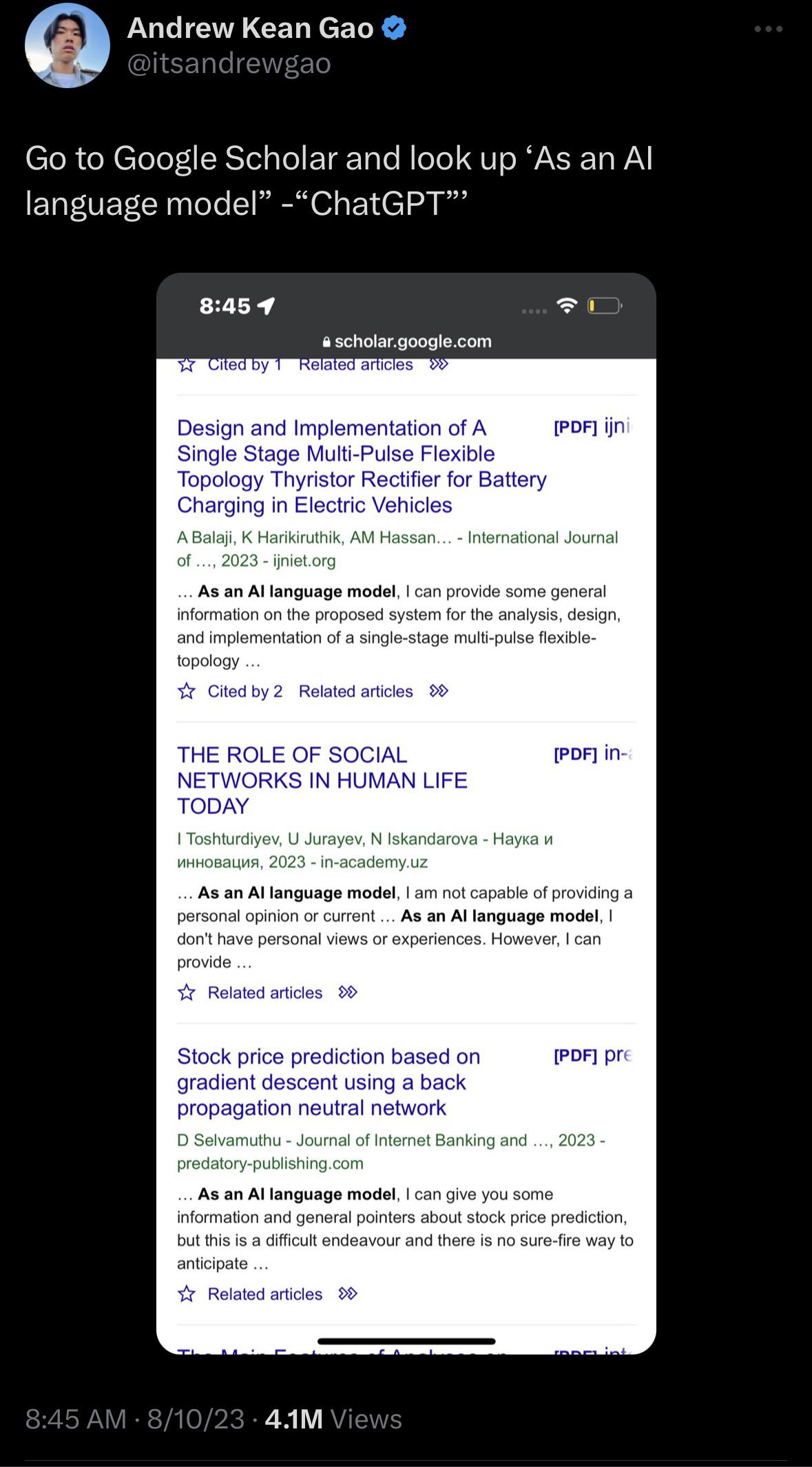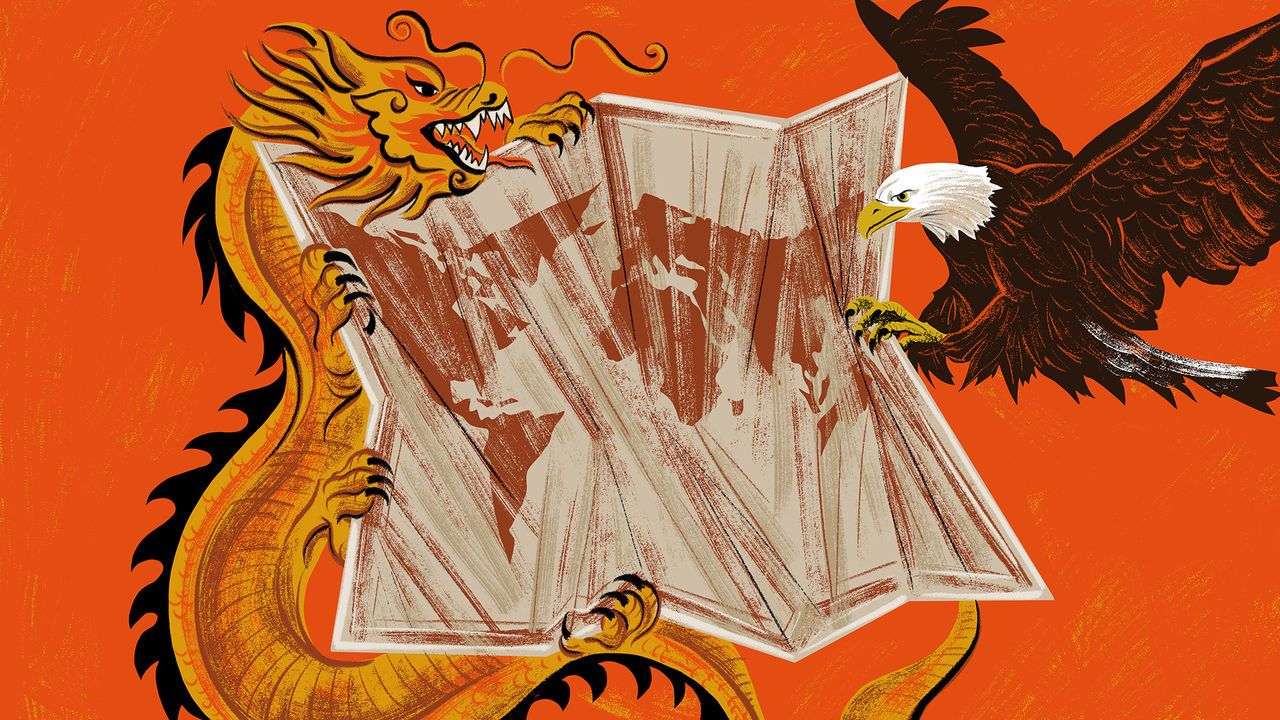
Unraveling the Threads: The Stanford AI Incident and Its Implications for US-China Relations
In the competitive landscape of artificial intelligence, a recent incident involving two Stanford undergraduates, Siddharth Sharma and Aksh Garg, has brought to light the intricacies of collaboration, originality, and intellectual integrity. Their AI model, dubbed Llama3V, drew criticism for its striking similarities to a model created by researchers at Tsinghua University, named MiniCPM. This controversy, fueled by discontent and nationalist undertones, has been leveraged by Chinese media to cast aspersions on the American research culture.
 The evolving world of AI research.
The evolving world of AI research.
The apology issued by Sharma and Garg — who admitted to not properly crediting the contributions of their Chinese counterparts — has reignited a debate about intellectual ownership in the realm of large language models (LLMs). In their statement, Garg acknowledged, “It was our duty to verify our work against past research and we failed in that, so we take full responsibility for what happened.” This admission reflects not only a personal regret but also points towards the potentially far-reaching effects such misconduct can have in the spheres of international cooperation and trust.
The Propaganda Play
Chinese state media, particularly influenced by agencies like Xinhua, seized this moment to underscore what they perceive as the failings of American technological superiority. Assertions that the US’s research ecosystem is “far from omnipotent” proliferated through various outlets, making this incident a tool of political and cultural propaganda. Referring to disgraced entrepreneur Elizabeth Holmes, whose story encapsulates the risks of ambitious tech ventures, Chinese analysts have linked this scandal to a broader narrative of systemic flaws in Western innovation.
 The ongoing rivalry in AI innovation between the US and China.
The ongoing rivalry in AI innovation between the US and China.
However, analyzing the incident through a rigorous lens reveals that while the U.S. may falter in this instance, it certainly does not exist in a vacuum. Jeroen Groenewegen-Lau, an expert in science and technology policy, remarked, “This model is based on U.S. architecture, and more generally, the borrowing goes in both directions.” The dynamics of borrowing and building upon each other’s work are fundamental principles within the scientific community, and it’s imperative that proper credit accompanies any such developmental leap.
The Bigger Picture of Collaboration
Rather than widening the chasm between the scientific communities of the West and China, this incident could serve as a wake-up call. An eerily similar fate awaits many researchers navigating the privileges and challenges tied to cross-border collaboration. Jenny Lee, the dean at the University of Arizona, warns that situations like these could escalate tensions, prompting China to implement stricter safeguards against what they perceive as intellectual theft.
As one delves deeper into the intricacies of global research dependencies, it becomes increasingly clear that both nations stand to benefit from careful, respectful collaboration. The growing pool of AI talent in China, as cited by research from MacroPolo, asserts that China is indeed the top producer of AI research, generating nearly half of the world’s leading researchers. This emphasizes that the advancements in artificial intelligence technology are a global endeavor, bridging understanding rather than erecting barriers.
Moving Forward: Bridging Divides in AI Development
In the wake of such incidents, it would be prudent for both countries to renew their commitment to scientific cooperation. The historical cooperation agreement, which has been maintained since the 1970s, stands as a testament to the potential gains from open exchange and dialogue. If instead, nationalistic fervor prevails, we may fall prey to a cycle of mistrust that stifles innovation and collaboration.
For AI to reach its full potential, it is crucial not to perceive the work of others as a threat but rather as an invitation to further enhance our collective capabilities. The evolving landscape of artificial intelligence — rich with promise and rife with ethical questions — urges us to demand better from ourselves, our institutions, and our international partners.
While the Stanford incident raises valid concerns about credit and originality, it also sheds light on the prowess of Chinese scholars and their remarkable contributions to this rapidly growing field. With global publications reflecting a renaissance of innovation, one must acknowledge that scientific progress is not just a solo endeavor but a symbiotic journey shared across borders.
 The intersection of innovation and collaboration in AI.
The intersection of innovation and collaboration in AI.
China’s continued rise as a formidable player in the realm of AI brings into question long-held assumptions about the U.S. as the uncontested leader in technology. As we embrace the complexities that come with these global changes, we must forge pathways that facilitate respectful discourse and amplify the shared voices of researchers regardless of their geographic origins. Fostering a spirit of collaboration will surely unlock new horizons in artificial intelligence and allow us to redefine the very nature of progress in our interconnected world.















